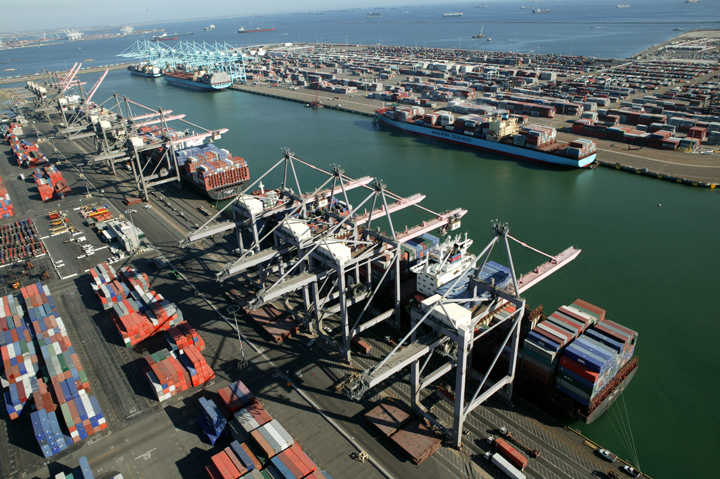NOT – LNG and its influence on the port and shipping industry

Daniel Bosch Wood
Maritim Lawyer
LLM Southampton
Las Palmas de Gran Canaria
Increasing use of alternative fuel redefines maritime trade
LNG shipping is on the rise. “In 2017, commercial LNG trade is expected to grow close to 10% domestically to over 294 million tonnes, with cargo being transported by a fleet (currently) of about 500 LNG vessels,” reads an analysis article Clarksons Research. The LNG transport fleet is also expected to expand rapidly, by 14% in unit terms by 2017.
LNG and boat projects are increasing at a high rate, and with such an auspicious future it would be a shame not to invest in this ‘miracle’ alternative fuel. Not only is it more economical and more efficient, but it also meets the requirements of reducing CO2 emissions, which makes it immensely attractive to the international fleet and its constant environmental crusade. This promotes the tendency of the industry to prefer this type of project, although for the rest of the maritime transport industry its use requires a high investment: the ships must be equipped with combustion systems compatible with the fuel and the port terminals must have specific LNG capacity for refueling.
LNG ups and downs
At the moment, the ratio between the LNG capacity of the terminals and the transport fleet has grown by 9% in the decade up to 2007. But, according to the document cited, “in the coming years, reduced to a range of 0.7-0.8 mtpa / ship, as fleet growth exceeded liquefaction expansion capacity between 2007 and 2016, with a CAGR of 8% versus less than 7%. Two major factors seem to be behind the disparity: speculative order amplified by the Fukushima nuclear disaster in 2011, which saw an exaggerated increase in the LNG charter rates, and a decrease in the start of projects such as LNG Angola (5.2 mtpa) and the Gorgon GNL (15.6 mtpa). Combined with tightness, the result has been an oversupply of LNG ships and challenged markets in recent years. ”
But the decrease in LNG projects is common. Therefore, there is a relationship between the liquefaction capacity and the LNG fleet, although it is not specifically one-on-one. And while clearly there are many relevant factors, looking at supply ratios like mtpa / ship can be a very useful high-level approach.
However, if LNG shipping companies are not careful, they could be carried away by the industry’s latest ‘golden egg hen’, producing a disastrous oversupply in the short-term market, laying the groundwork for reviving history of the oversupply / low demand that the container industry already knows too well.
